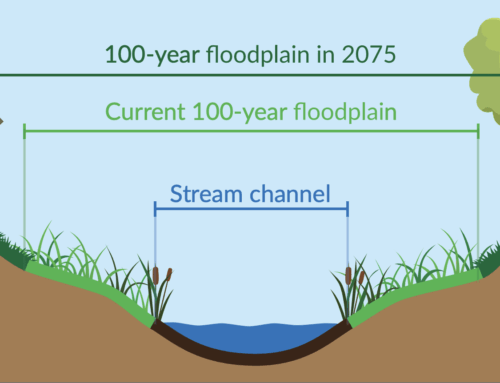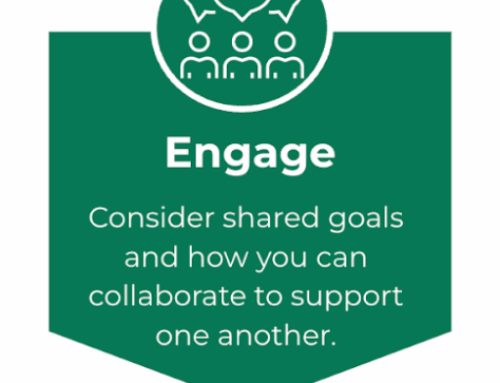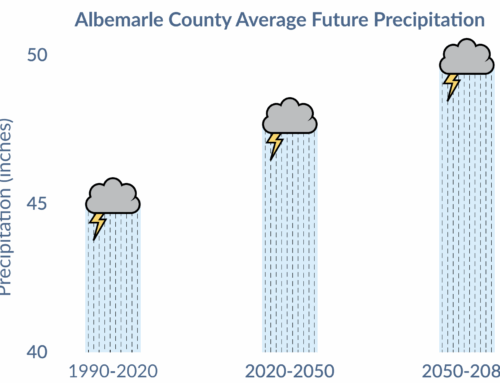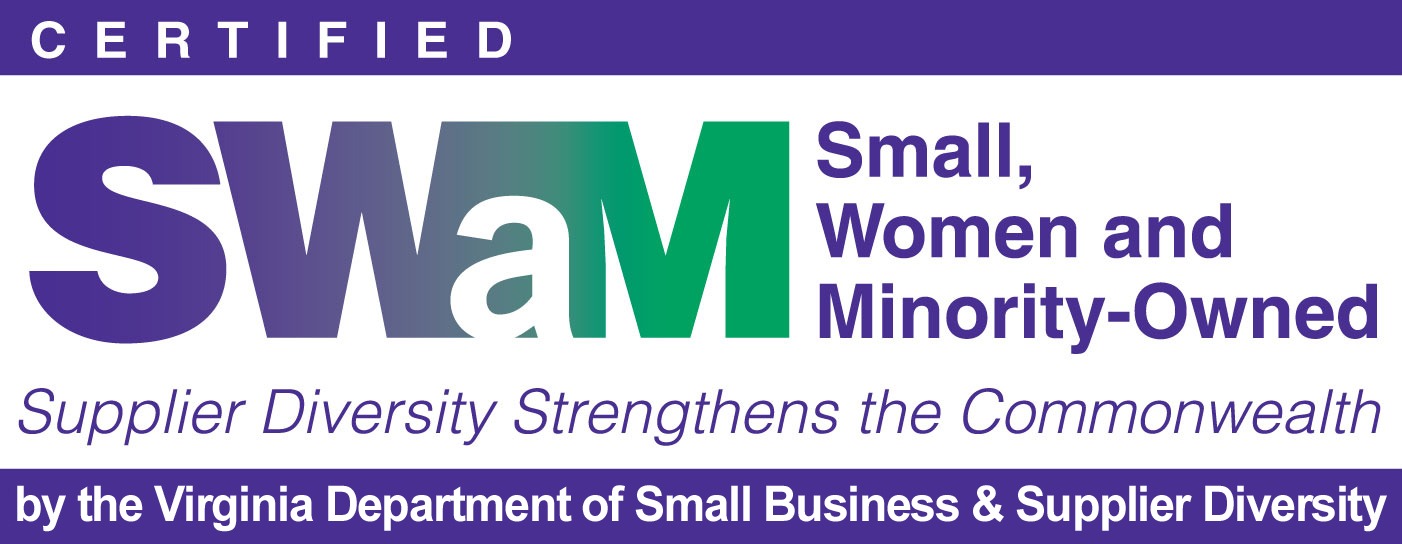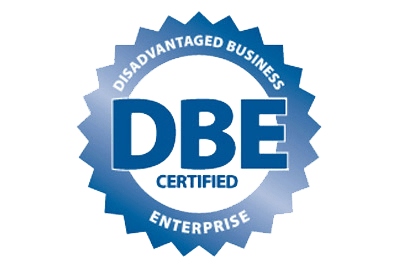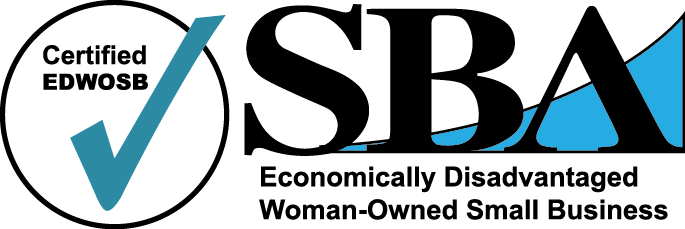The way we describe and frame environmental issues has a big impact on how people respond. Some terms, while technically correct, miss the mark with community members because they’re jargon or do not resonate with the general public. At Green Fin Studio, we listen to communities on various environmental topics such as stormwater, land conservation, wetlands, and climate change to understand their concerns, experiences, and the language they use. Here are some messaging and word choice best practices we’ve tackled recently:
Municipal Separate Storm Sewer System (MS4) → City storm drains / City stormwater sewers
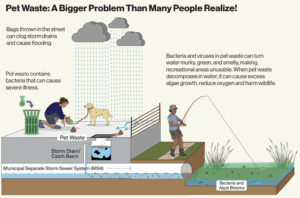
The EPA’s stormwater program may use this acronym, but let’s be honest – most people outside of a regulatory meeting don’t know that MS4 stands for Municipal Separate Storm Sewer System, or what that means for their community. Instead of jargon, use plain language that captures what city residents can see: storm drains or stormwater sewers.
When developing educational materials for the New York City Department of Environmental Protection, our fact sheets and graphics used the term ‘storm drains’ because that’s what we heard community leaders using to describe their neighborhoods.
Water quality → Recreation
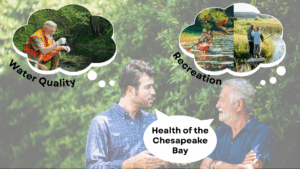
As scientists, we measure water quality using technical parameters like dissolved oxygen, nutrient levels, and turbidity. On the other hand, residents and visitors gauge water quality based on their experience – disappointment over a beach closure due to high bacteria levels, excitement when reeling in a large striped bass, or delight at spotting herons and ospreys out on the water.
We all want the same thing, healthy natural resources, but our motivations and ways of measuring success differ. Therefore, speak to your audience in ways that are personal to them: safe swimming, good fishing, and abundant wildlife for everyday enjoyment.
Land acquisition → Voluntary land protection
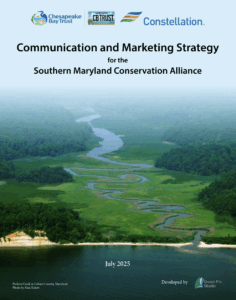
The phrase land acquisition can sound like the government is coming to take one’s land, akin to eminent domain. Instead, use language that makes it clear that the decision is the landowner’s choice and the programs are built on partnerships, often between the landowner and a local land trust.
We developed a communication and marketing strategy for the Southern Maryland Conservation Alliance (SMCA). Listening to 25 Southern Maryland community members uncovered many misconceptions around easements and a general distrust of government officials. Therefore, our messaging recommendations focused on overcoming those barriers and emphasizing land conservation is a voluntary agreement that has many benefits for the landowner.
Conserve your land → Protect your privacy/serenity/peace of mind
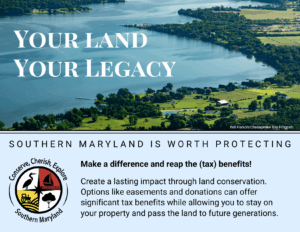
In land conservation, phrases like ‘conserve your land’ can sound abstract to a landowner. They are more likely to take action when conservation is connected to the value they are protecting. For some landowners, that means the privacy and serenity they enjoy most about their property. For others, it’s the peace of mind that comes from knowing their children and grandchildren will enjoy the same farm, woods, or natural views for years to come.
In the communication and marketing strategy for SMCA, we recommend messaging that emphasizes how land conservation protects local character and appeals to landowners’ sense of legacy. The postcard example to the right deploys this messaging strategy to appeal to residents’ sense of pride for the area and their desire to have a say in its future.

